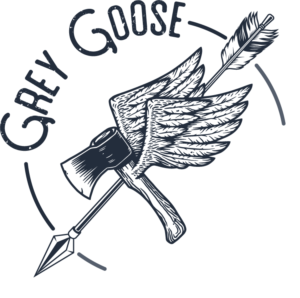Paper tuning is used for tuning compound bows when being shot with a release aid. Hopefully these instructions will assist you in achieving good arrow flight. Please remember that you cannot expect a consistent, clean tear if you have been only been shooting for a while, or if your equipment is not correctly set-up. You and your bow need to be of a reasonable shooting standard to achieve good results.
To start paper tuning stand about two metres from the paper, shooting at shoulder height
(shooting up or down can give false readings). Shoot an arrow at the paper and observe how the arrow tears the paper. The tear that is made by the arrow will indicate what action needs to be taken.
High Tear: This may indicate that:
- Nocking point too high.
- Arrow fletchings are making contact with the arrow rest.
- Tiller may be off.
- Inconsistent hand placement in the bow grip.
Low Tear: This may indicate that:
- Nocking point too low.
- Wheel timing may be off.
- Tiller may be off.
- Inconsistent hand placement in the bow grip.
Left Tear: This may indicate that: 
- The arrow rest is adjusted too far to the left.
- There is excessive bow torque through the grip.
- Your arrow spine is too weak.
- You need to decrease the draw weight for the arrow spine.
Right Tear: This may indicate that: 
- The arrow rest is adjusted too far to the right.
- There is excessive bow torque through the grip.
- Your arrow spine is too stiff.
- Increase the bow weight for the arrow spine.
This tear indicates good arrow flight with the point and fletching entering through the same hole. Don’t change anything…!
If your tear shows a combination of more than one of the above. Use the procedures that apply to the tear pattern, correcting the vertical pattern (nocking point) first, then the horizontal.


